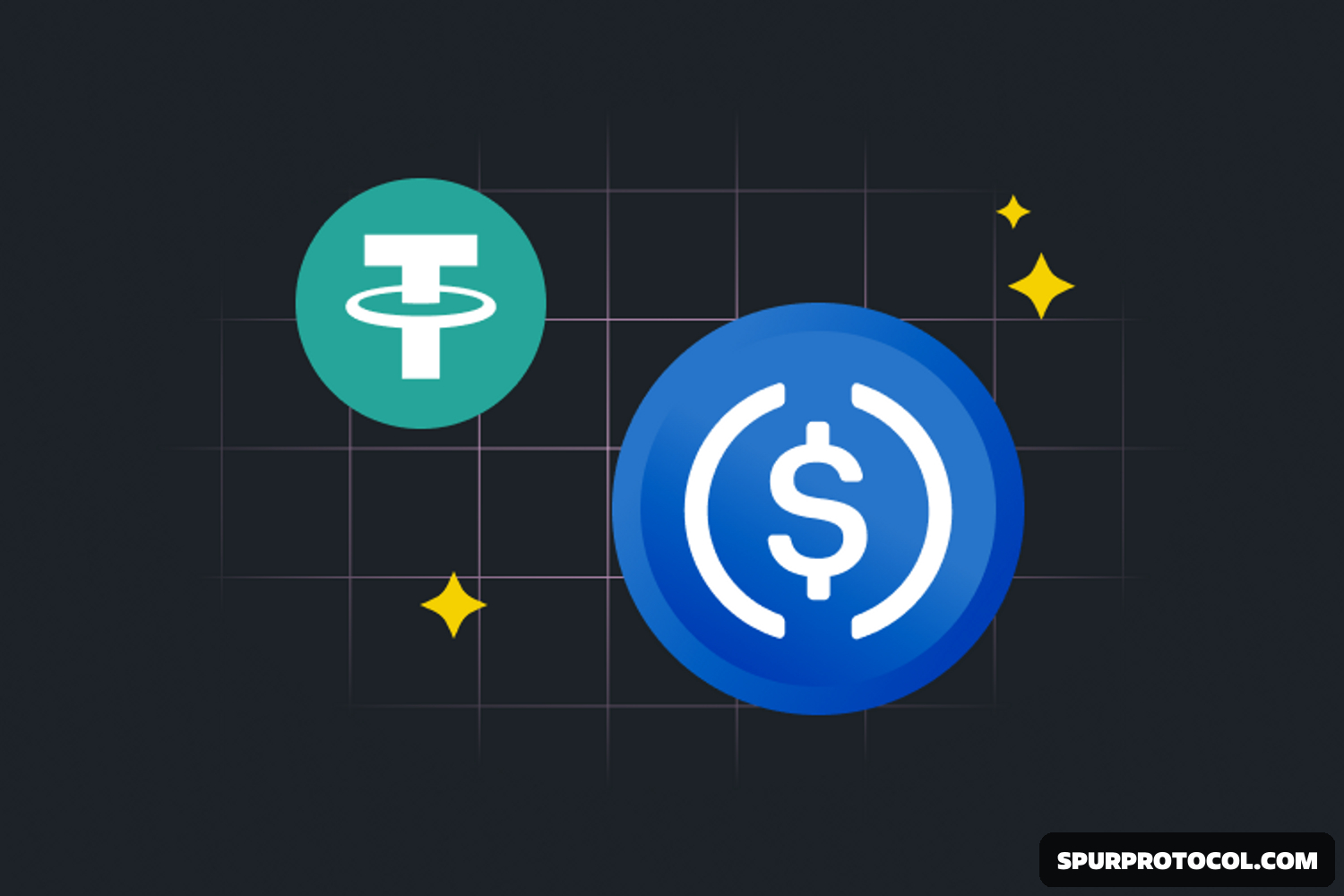Discover how stablecoins are transforming the cryptocurrency and financial landscape with their unique ability to maintain price stability.
What Are Stablecoins?
Stablecoins are cryptocurrencies pegged to the value of stable assets, such as fiat currencies (e.g., USD, EUR), commodities like gold, or a basket of assets. By maintaining a fixed value, stablecoins aim to eliminate the extreme price fluctuations that other cryptocurrencies like Bitcoin or Ethereum experience.
Examples of popular stablecoins include:
- USDT (Tether): Pegged to the US dollar.
- USDC (USD Coin): Also pegged to the US dollar, with regular audits to ensure transparency.
- DAI: A decentralized stablecoin backed by cryptocurrency collateral.
How Stablecoins Work
There are three main types of stablecoins, each with a different mechanism to maintain price stability:
- Fiat-Collateralized Stablecoins: Backed by fiat currency reserves held in banks, these stablecoins maintain a 1:1 ratio with the underlying asset. For example, each USDT is backed by one US dollar in reserve.
- Crypto-Collateralized Stablecoins: Backed by cryptocurrencies instead of fiat. Due to the volatile nature of crypto, these stablecoins are often over-collateralized. For instance, $1 worth of DAI might require $1.50 worth of Ethereum as collateral.
- Algorithmic Stablecoins: These rely on algorithms and smart contracts to manage the supply and stabilize the price without relying on collateral. Examples include TerraUSD (UST) and Ampleforth (AMPL).
Why Are Stablecoins Important?
- Price Stability: Stablecoins provide a hedge against the volatility of cryptocurrencies, offering a safe harbor for traders during market fluctuations.
- Seamless Transactions: With their stable value, stablecoins are ideal for remittances, payments, and cross-border transactions, reducing the risk of value loss during transfers.
- Decentralized Finance (DeFi): Stablecoins power the DeFi ecosystem, allowing users to lend, borrow, and earn interest without exposure to price volatility.
- Access to Financial Services: In regions with unstable local currencies or limited banking access, stablecoins provide a reliable alternative for saving and transacting.
- Bridging Traditional and Crypto Economies: By pegging to traditional assets, stablecoins create a familiar entry point for new users transitioning from fiat to cryptocurrencies.
Challenges and Risks
- Centralization Concerns: Fiat-collateralized stablecoins often rely on centralized entities to hold reserves, which can conflict with the decentralized ethos of blockchain.
- Regulatory Scrutiny: Stablecoins have drawn attention from regulators worldwide, raising concerns about transparency, reserve backing, and financial stability.
- Algorithmic Risks: Algorithmic stablecoins are prone to failure if the underlying mechanisms cannot maintain the peg, as seen with TerraUSD's collapse in 2022.
The Future of Stablecoins
Stablecoins are poised to play a critical role in global finance, enabling faster and cheaper transactions, especially in cross-border payments. As adoption grows, advancements in regulation and technology will likely shape their development, ensuring both stability and innovation in the blockchain space.
